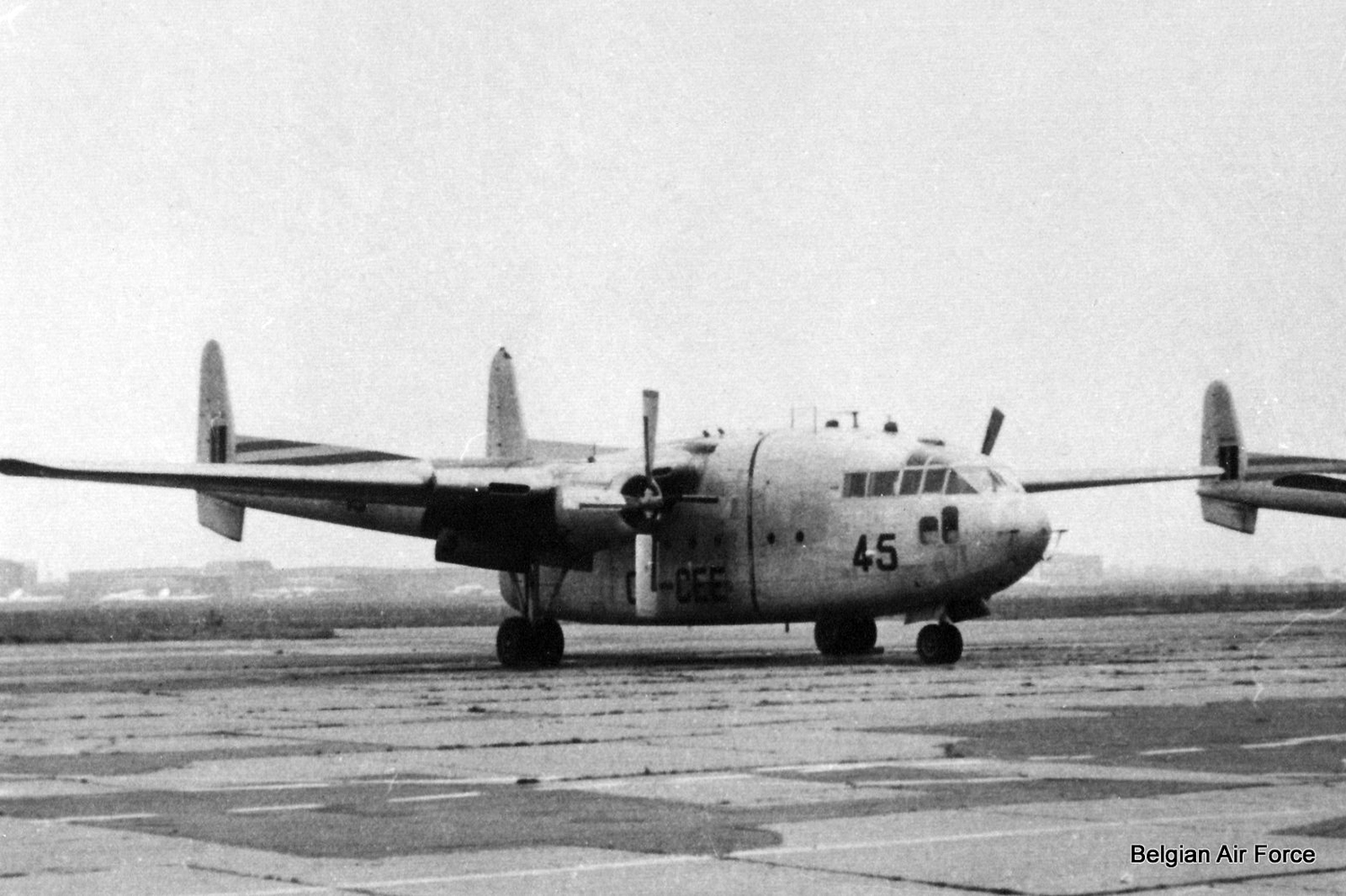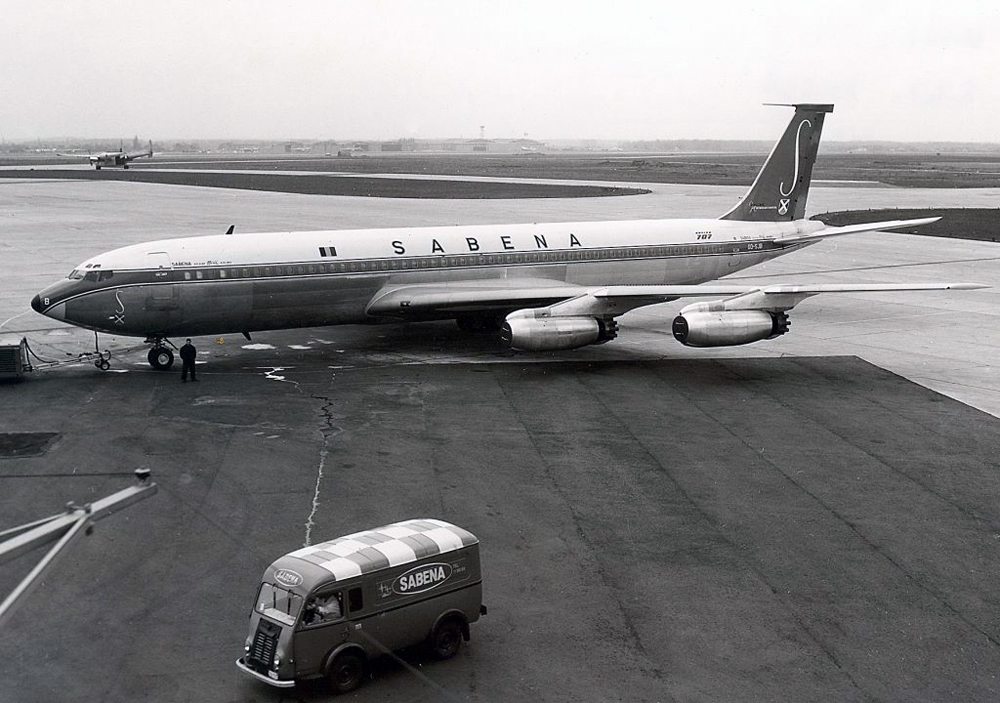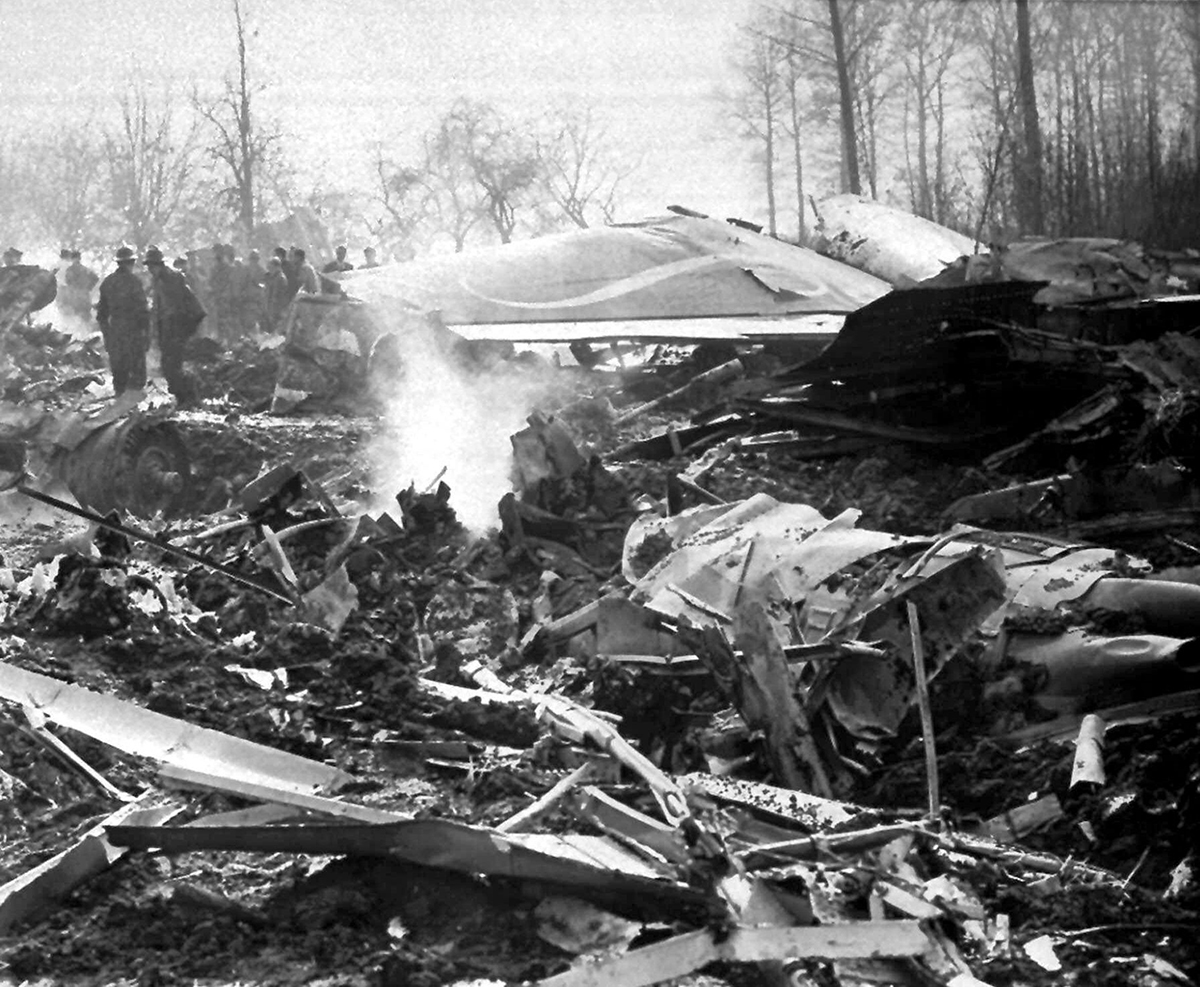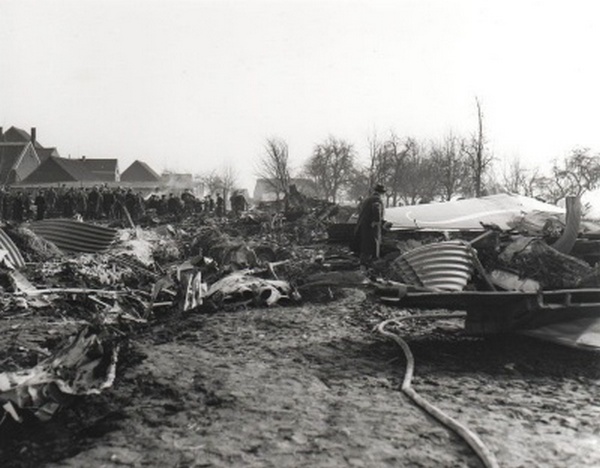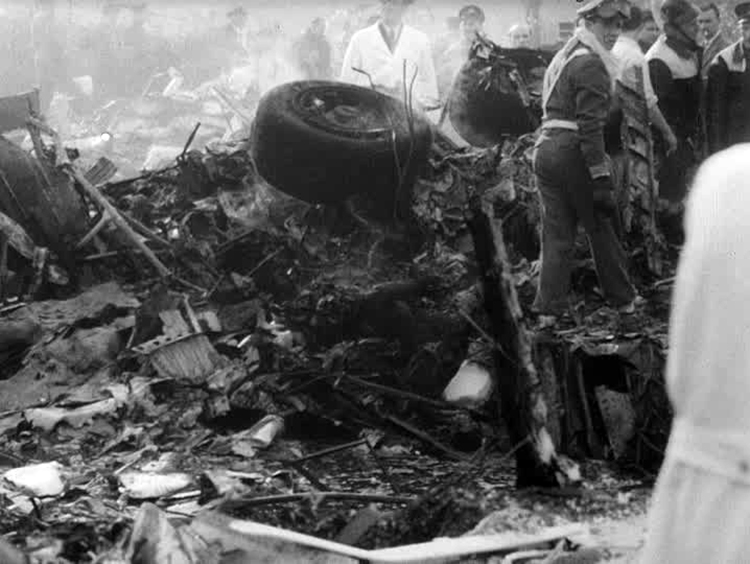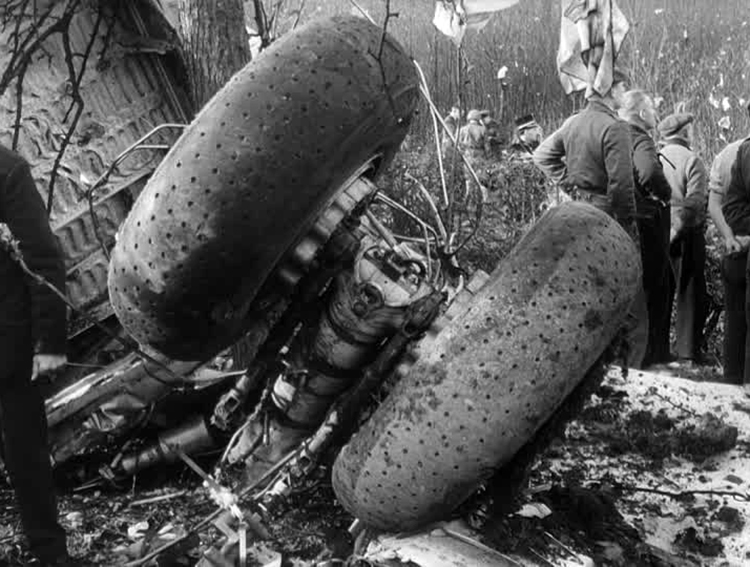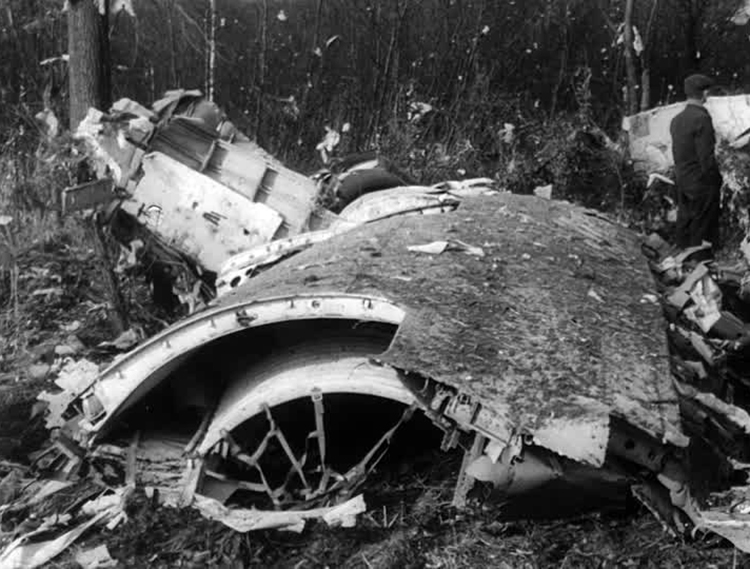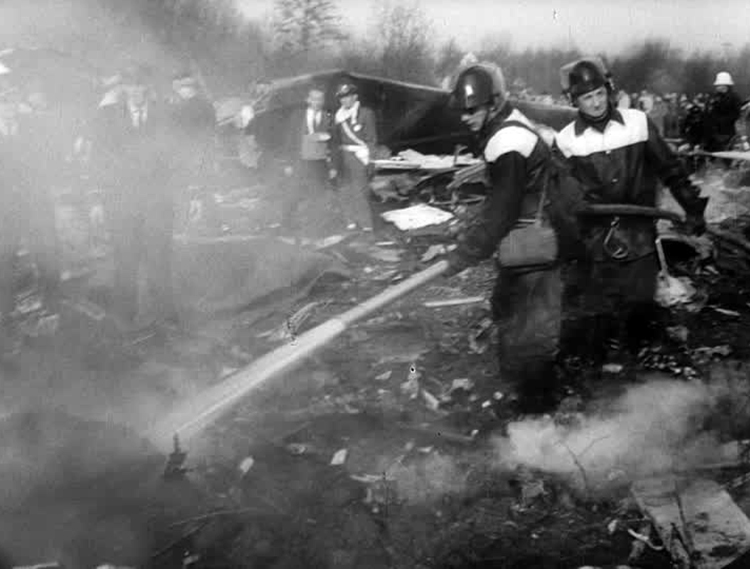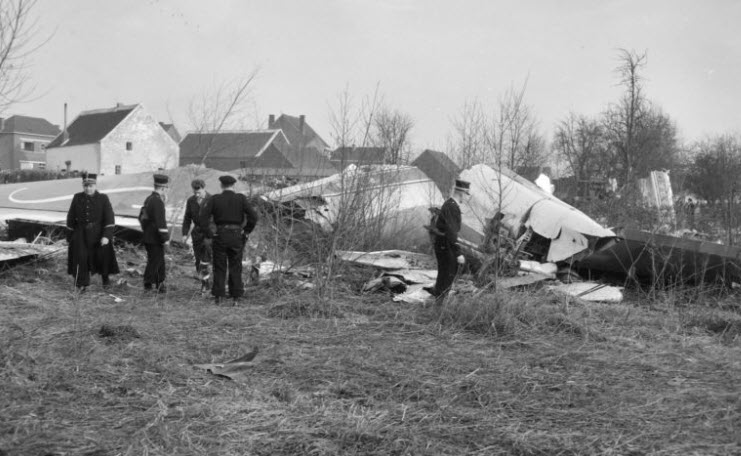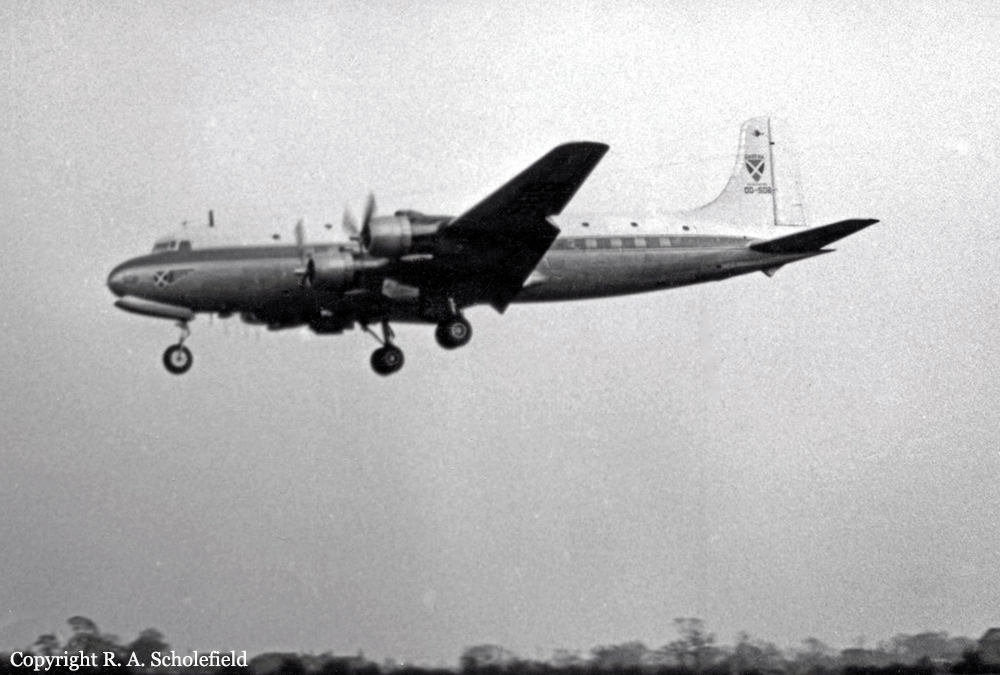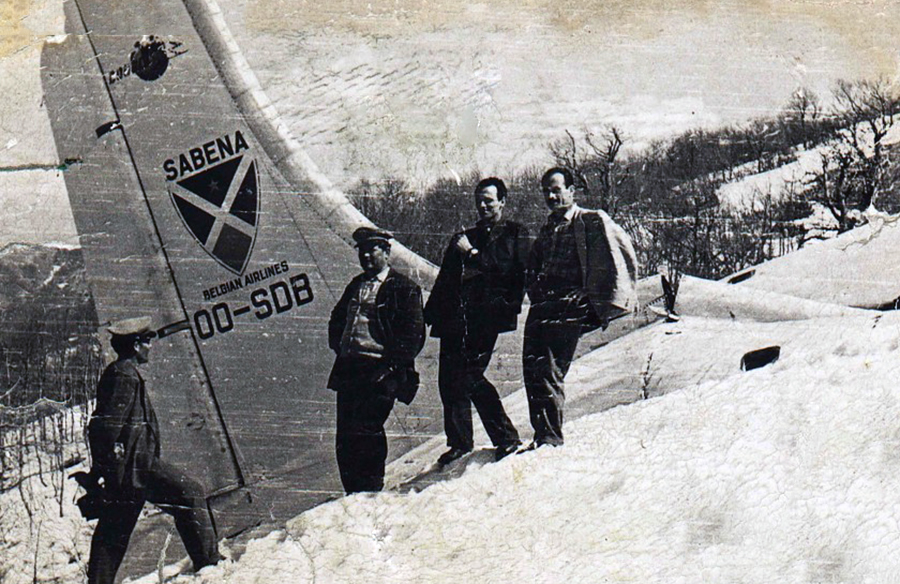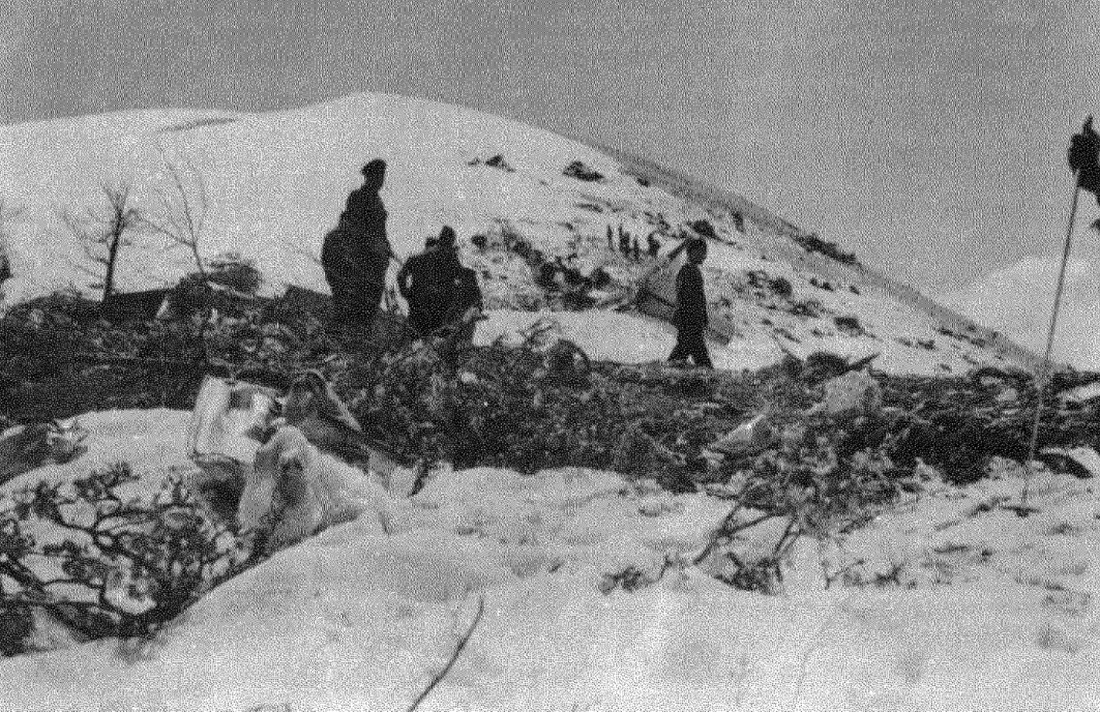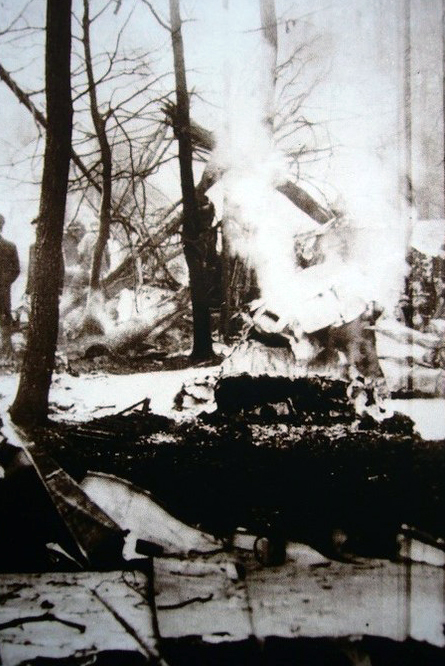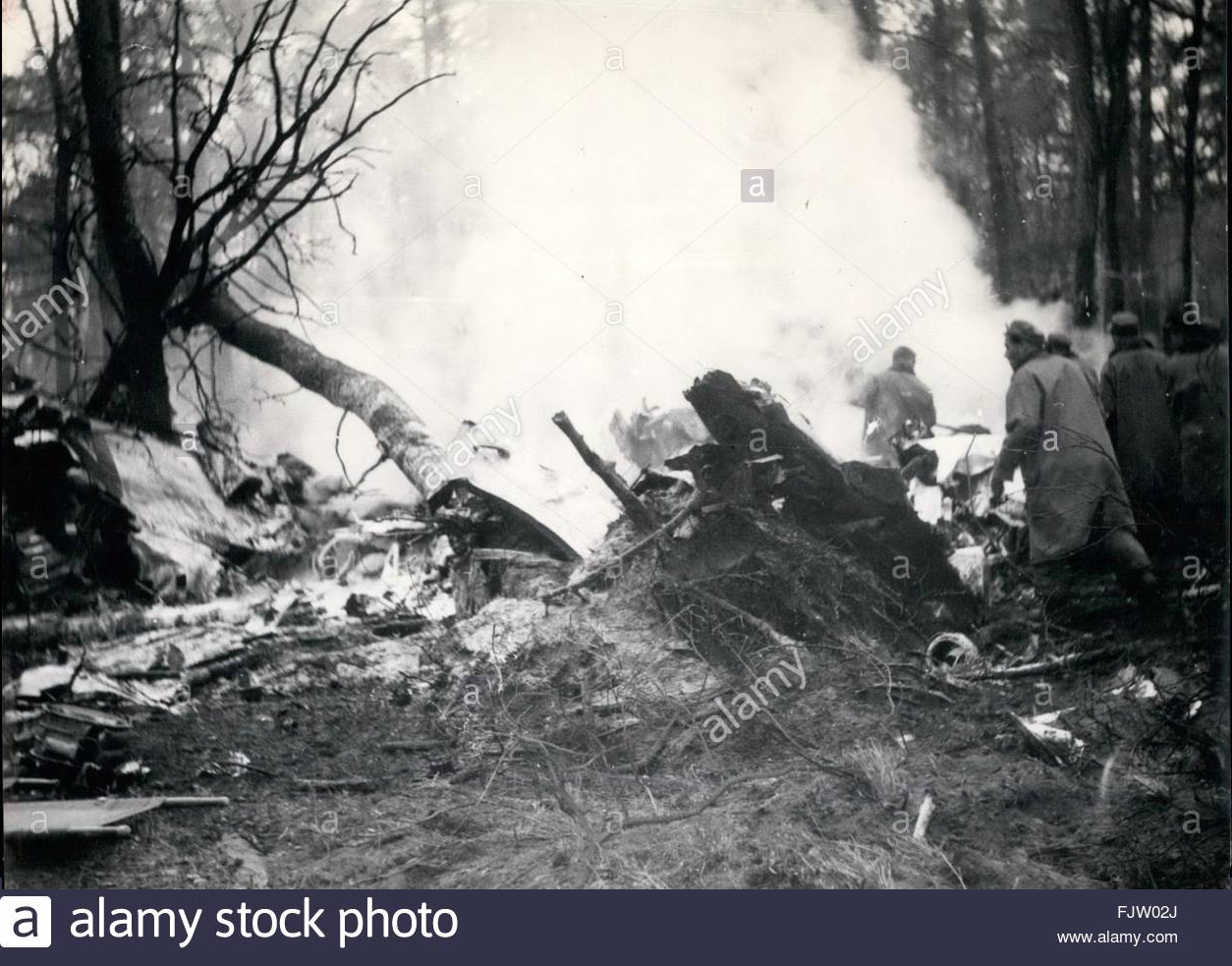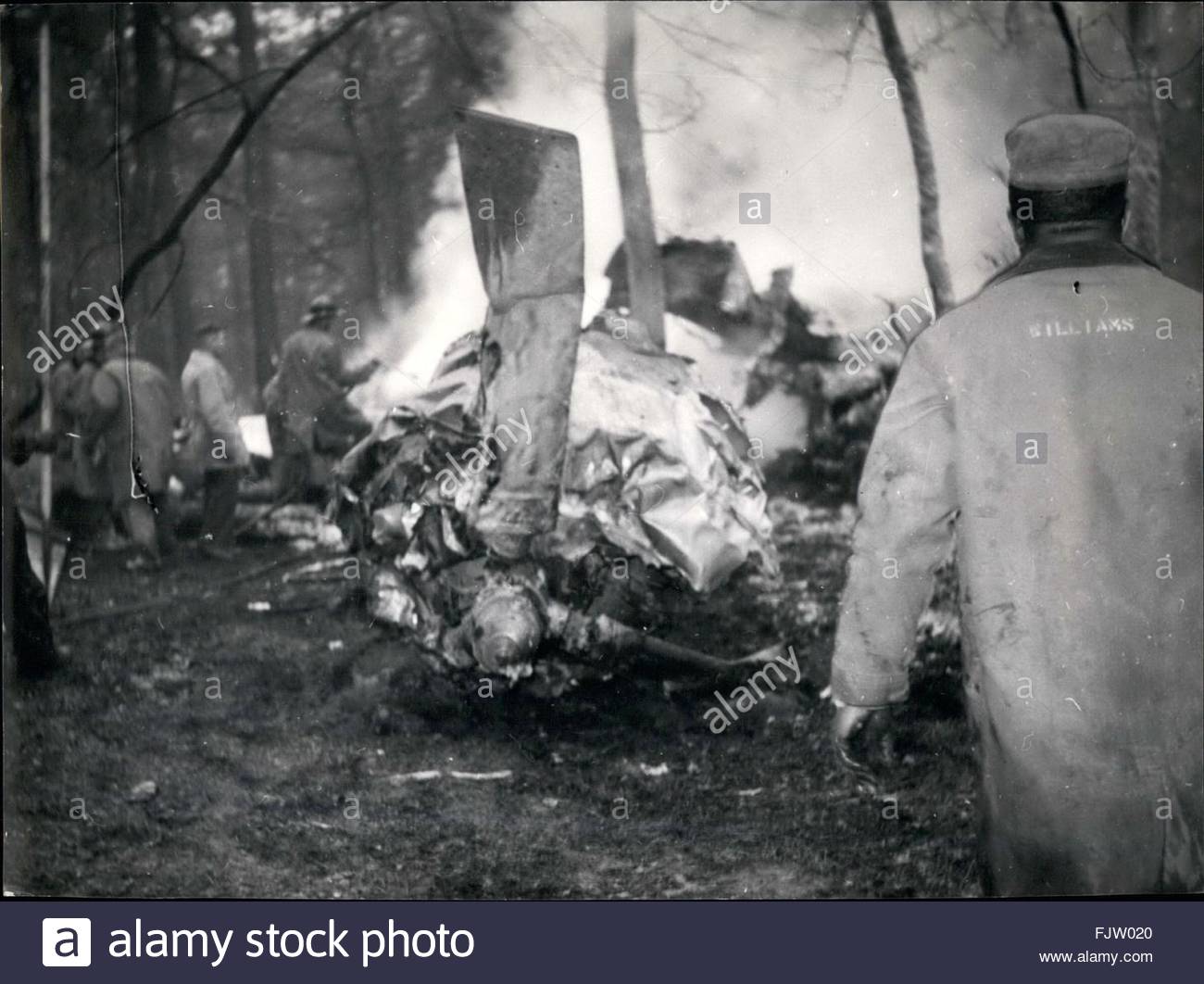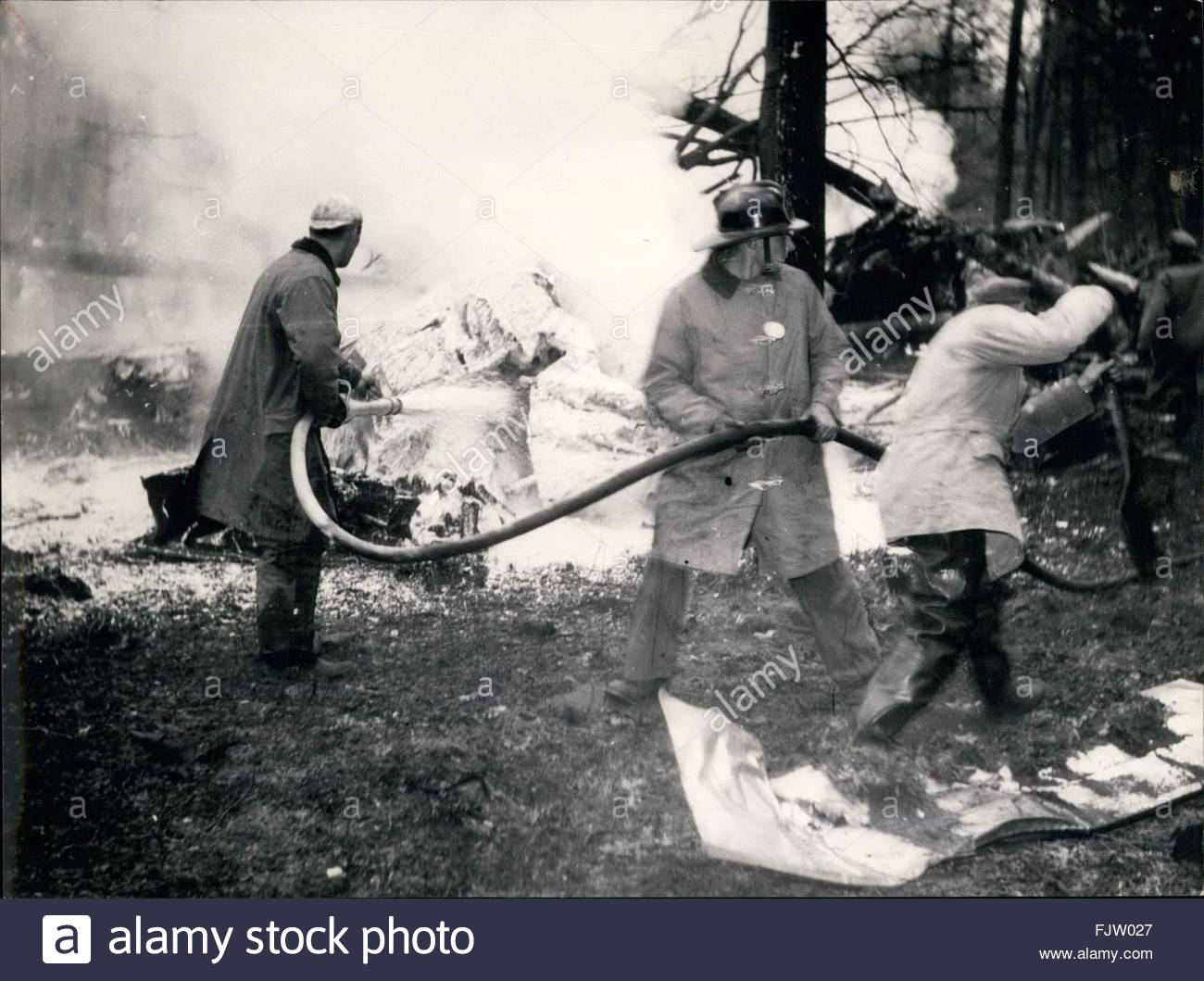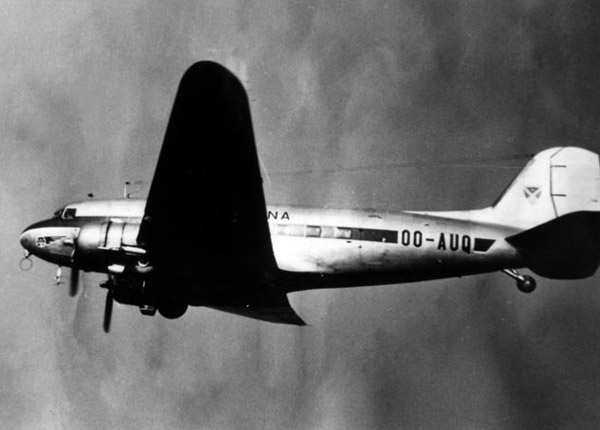Crash of a Fairchild C-119G Flying Boxcar in Augustdorf: 38 killed
Date & Time:
Jun 26, 1963 at 1200 LT
Registration:
CP-45
Survivors:
Yes
Schedule:
Brussels - Gütersloh
MSN:
246
YOM:
1952
Crew on board:
5
Crew fatalities:
Pax on board:
42
Pax fatalities:
Other fatalities:
Total fatalities:
38
Aircraft flight hours:
3172
Circumstances:
The aircraft departed Brussels-Melsbroek Airport in the morning on a flight to Gütersloh Airbase, Germany. Approaching Augustdorf, the captain decided to reduce his altitude to 2,500 feet to make a reconnaissance of the military training camp of Senne located 7 km south of Augustdorf. At this time, British troops were engaged in local exercices consisting of mortar shell fire. While flying too low, the aircraft was struck by several mortar shell and caught fire. Nine passengers were able to bail out and were later recovered uninjured. Out of control, the airplane went into a dive and crashed in flames, killing all 38 remaining occupants. It was reported few days after this tragic event that the aircraft should never being in this area at this time as it has been previously delimited by the British Troops for scheduled exercices. For unknown reason, the crew failed to follow the minimum safe altitude that was fixed at 10,000 feet over the area that day.
